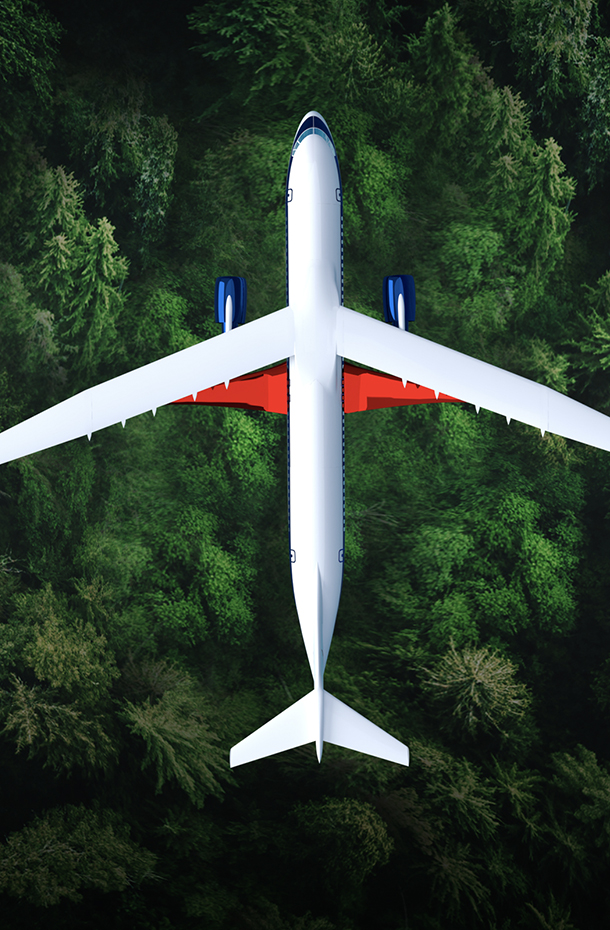Loss-of-Control (LOC) occurs when an aircraft departs from normal flight. It is the leading accident category for aircraft fatalities in the commercial fleet.
“Yet, flight experiments with transport aircraft are rarely conducted on conditions present in LOC accidents,” said David Cox, element lead for subscale testing at NASA’s Langley Research Center.
For Cox and the rest of the AirSTAR (Airborne Subscale Transport Aircraft Research) team, the potential to save lives was perfect motivation to fill in those data gaps and better understand flight dynamics in LOC scenarios.
For two years, in 2010 and 2011, 58 research flights took place supporting four modeling studies and the evaluation of 10 different control laws. The modeling studies help to understand LOC conditions so that future airline pilots can receive better training under these conditions. The control laws offer the potential for future automated safety systems. The AirSTAR team did these modeling and control experiments on a scaled-down transport aircraft, which reflected actual aircraft dynamics, but was remotely piloted from the ground.
Today, that data is still being researched, published, and used to apply different techniques in the development of enhanced flight models and for the development of advanced control systems.
Using system identification and modeling in extreme conditions can help prepare airline pilots for the worst.
“How do we accommodate failure?” Cox asked the audience during his AIAA (American Institute of Aeronautics and Astronautics) update on AirSTAR. “A lot of LOC accidents have traced back the root cause as some sub-system failure that caused the plane to not respond in a normal way and led to it being out of control.”
But control laws were able to fully compensate for some failures, restoring nominal performance to the vehicle. To produce more aggressive failures that could further test the control laws, they incorporated latency, or a measure of time delay experienced in a system.
“Latency to control laws is like kryptonite to Superman,” Cox said.
An assessment of all controllers that were evaluated in the research indicated that adaptive controllers had improved handling qualities under failure conditions and that all controllers had substantial improvement over open-loop response to failures.
AirSTAR is currently in the fifth phase of development. The team is preparing to operate vehicles beyond the visual range of a spotter or safety pilot. The systems being developed for Beyond Visual Range (BVR) flight will result in longer test periods, failure detection beyond the inner-loop (the rates and attitude of vehicle) and extended altitudes for deep stall and spins.
New instrumentation includes on-board computers for control and guidance, increased ranges for communication and flight termination, and improved AGL (Above Ground Level) sensing and video for remote piloted landings.
Initial flight tests have begun on the BVR System Integration Vehicle, the BAT4, which has multiple cameras for landing evaluations, a laser altimeter for accurate levels and an Inertial Navigation System, which provides attitude, GPS positions, rates and accelerations. Another checkout vehicle, NASA Langley’s SR22, has also been used to complete testing on telemetry transmitter ranges and sensitivities. Finally a modular research vehicle, configured as a generic T-tail transport aircraft, is being developed under contract by AREA-I and is expected by summer of 2014.
According to Cox, the tests provide a different set of qualitative and quantitative data that you can’t get from a wind tunnel.
“For aviation safety we’re focused on testing jet transport aircraft, which is what you get on when you go and buy a ticket” Cox said. “The upcoming T-tail model will be representative of a regional jet class vehicle, and we expect a different type of response to LOC flight conditions than that seen using our previous research vehicle that had a conventional tail.”
Flying beyond visual range will allow a deeper understanding into uncontrolled flight conditions. And for the AirSTAR team, that deeper understanding fuels the need to progress through the fifth and final phase of development.
Denise Lineberry
NASA Langley Research Center















/quantum_physics_bose_einstein_condensate.jpg?w=1024)


















